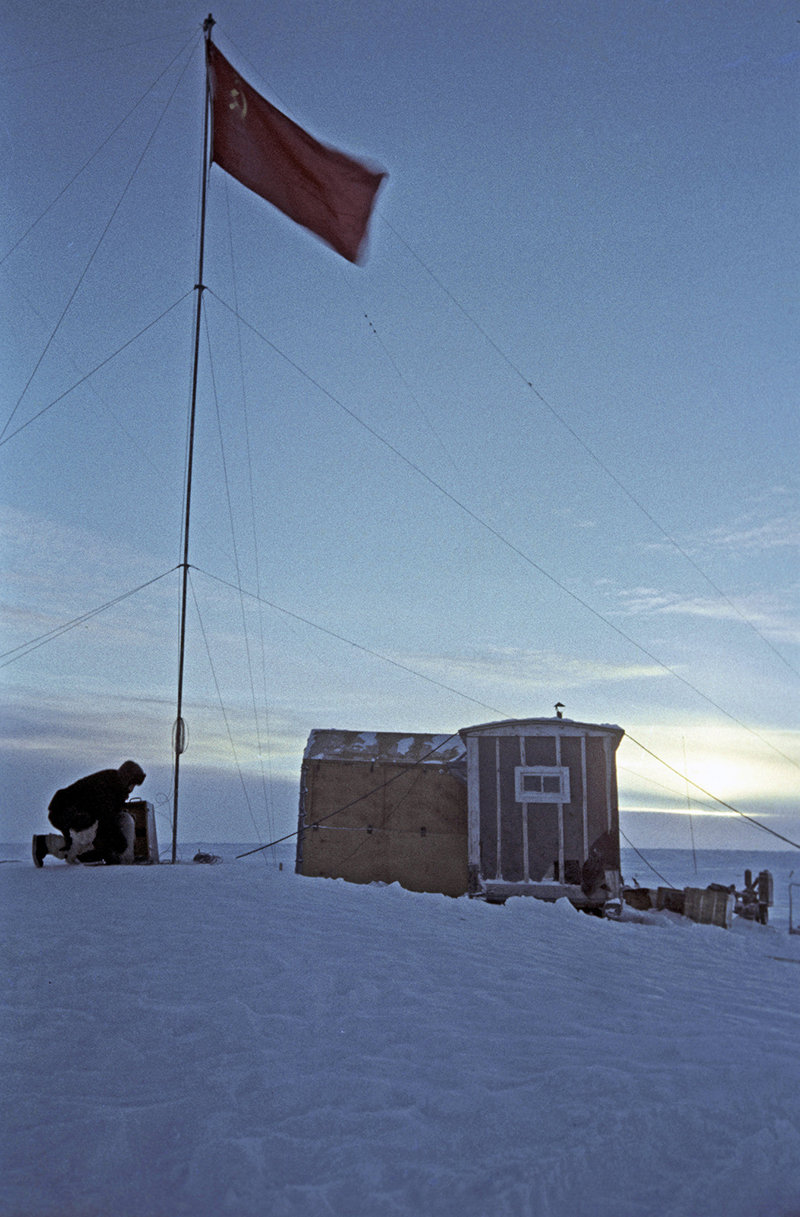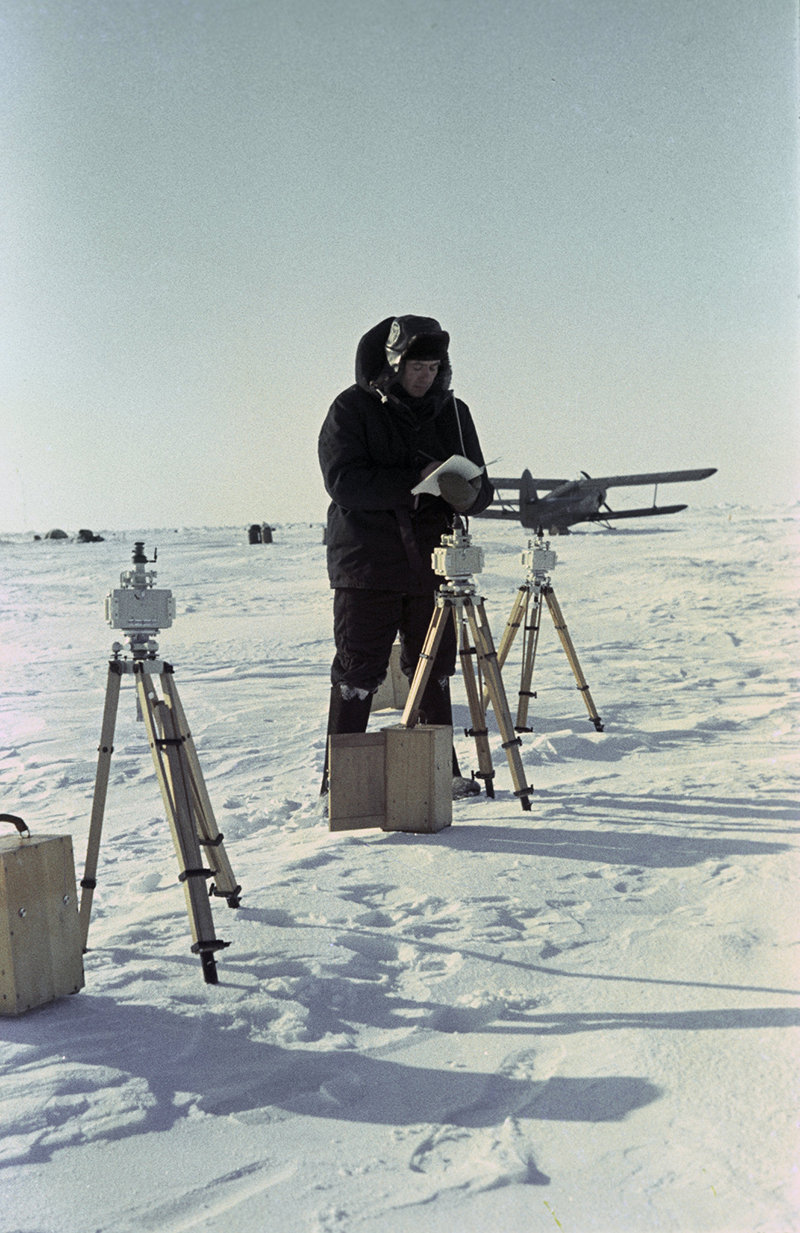In early June, a plane delivered some essential equipment and several boxes of potatoes to our camp. It was a cold and windy day, and we unloaded the potatoes as quickly as possible, placed them on sleds and covered them with tarpaulin and reindeer skins, so as to prevent them from freezing fast. All the potatoes were stored with other heat-loving foods in the mess-room 10–15 minutes later.
The next morning, we had breakfast as usual. Only five or six people sat around the table, and the rest were resting after a night watch. We were talking in a relaxed manner. All of a sudden, we heard a high-pitched intermittent buzzing sound. We knew all the station sounds very well, but we had never heard this high-pitched buzz before. To our surprise, a mosquito, one of the thousands that annoy us in forests or on the bank of a quiet-flowing river in summer, was here to keep us company. This seemed rather unusual 1,500 kilometers from the nearest landmass and in the center of the Arctic Ocean. Against all odds, the mosquito survived after traveling several thousand kilometers inside a box of potatoes.
His appearance prompted us to recall the summer season on the mainland, as well as forests with fresh leaves and fields covered with juicy green crops. We felt a little sad because it would take us a year to see all this again
As we ate lunch, we heard the business-like buzz of our new friend once again and watched him fly. Someone suggested calling him Timka. From then on, anyone entering the mess-room stopped at the entrance, listened and proceeded to his seat only after hearing Timka’s buzz. The mosquito made friends with us, he never bothered or bit us, and we did our best to protect him. We entered and left the mess-room quickly and shut the door tight, so that the mosquito would not fly out and freeze to death. Before he showed up, on-duty crew members sometimes forgot to put some extra coal inside the stove, but they always kept us warm while Timka was around. One day, we entered the mess-room but did not hear our little mosquito. Maybe he found a crack and flew out, or perhaps someone crushed him by accident. All of us felt sorry for him.

